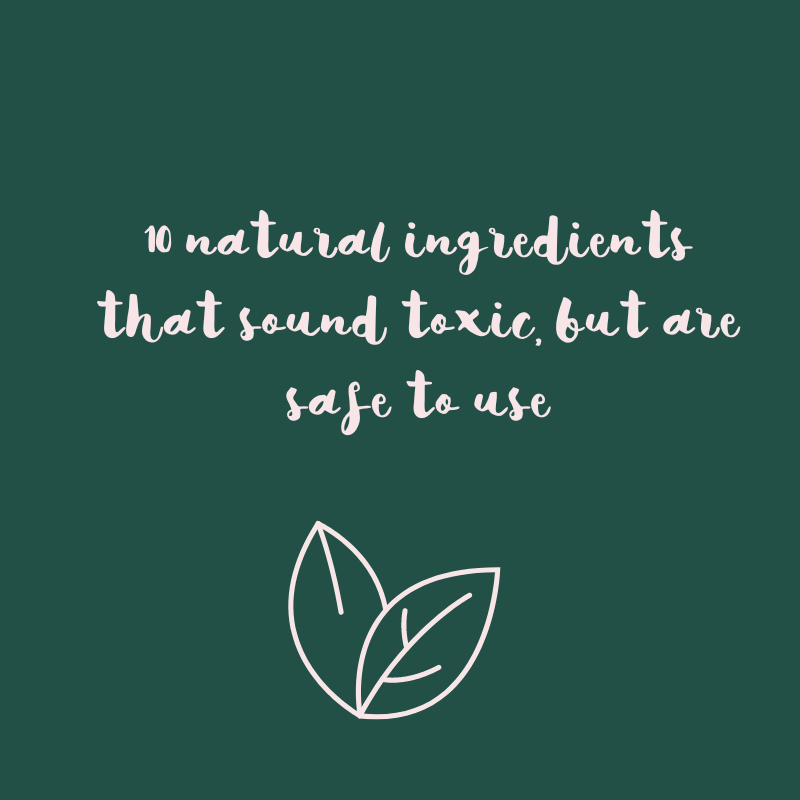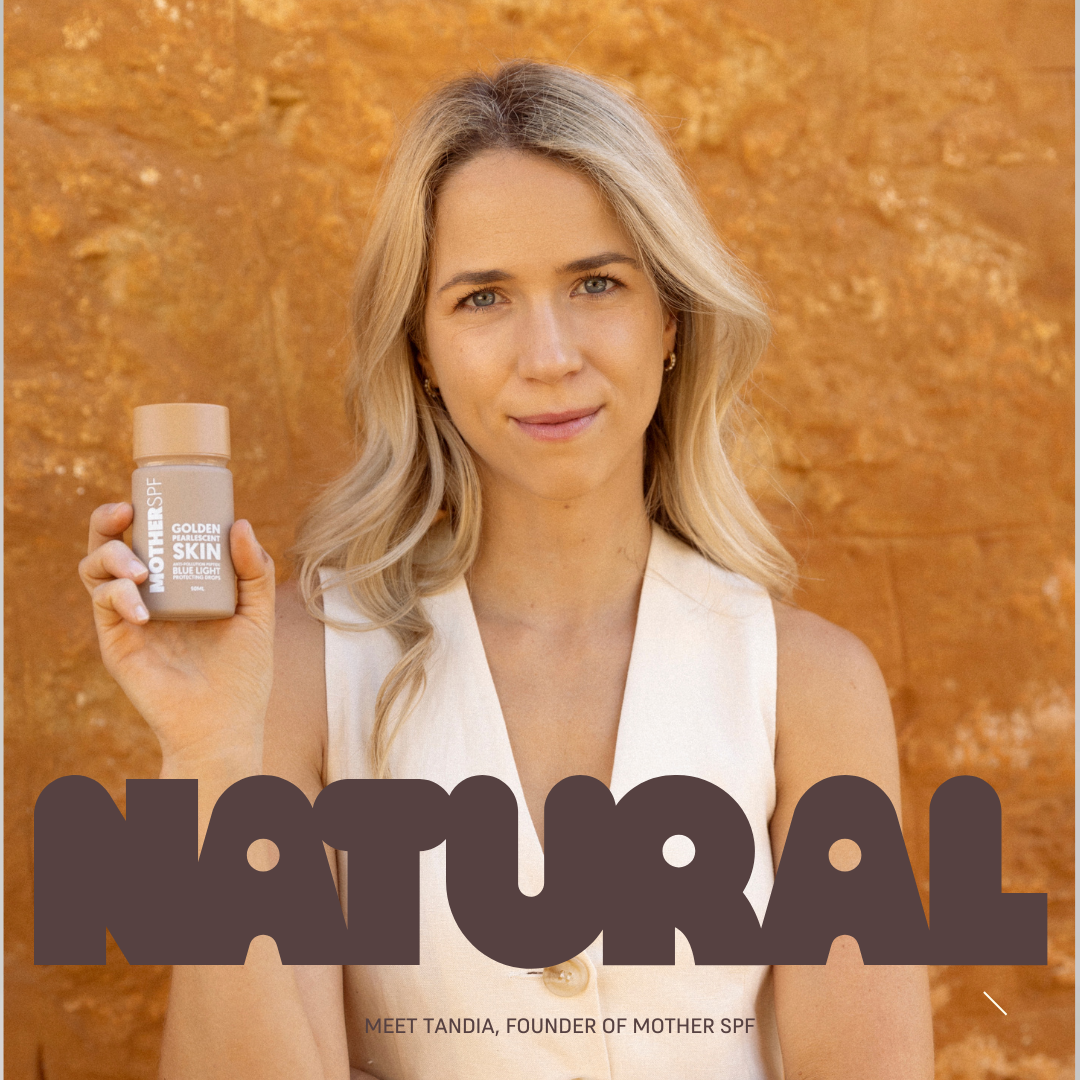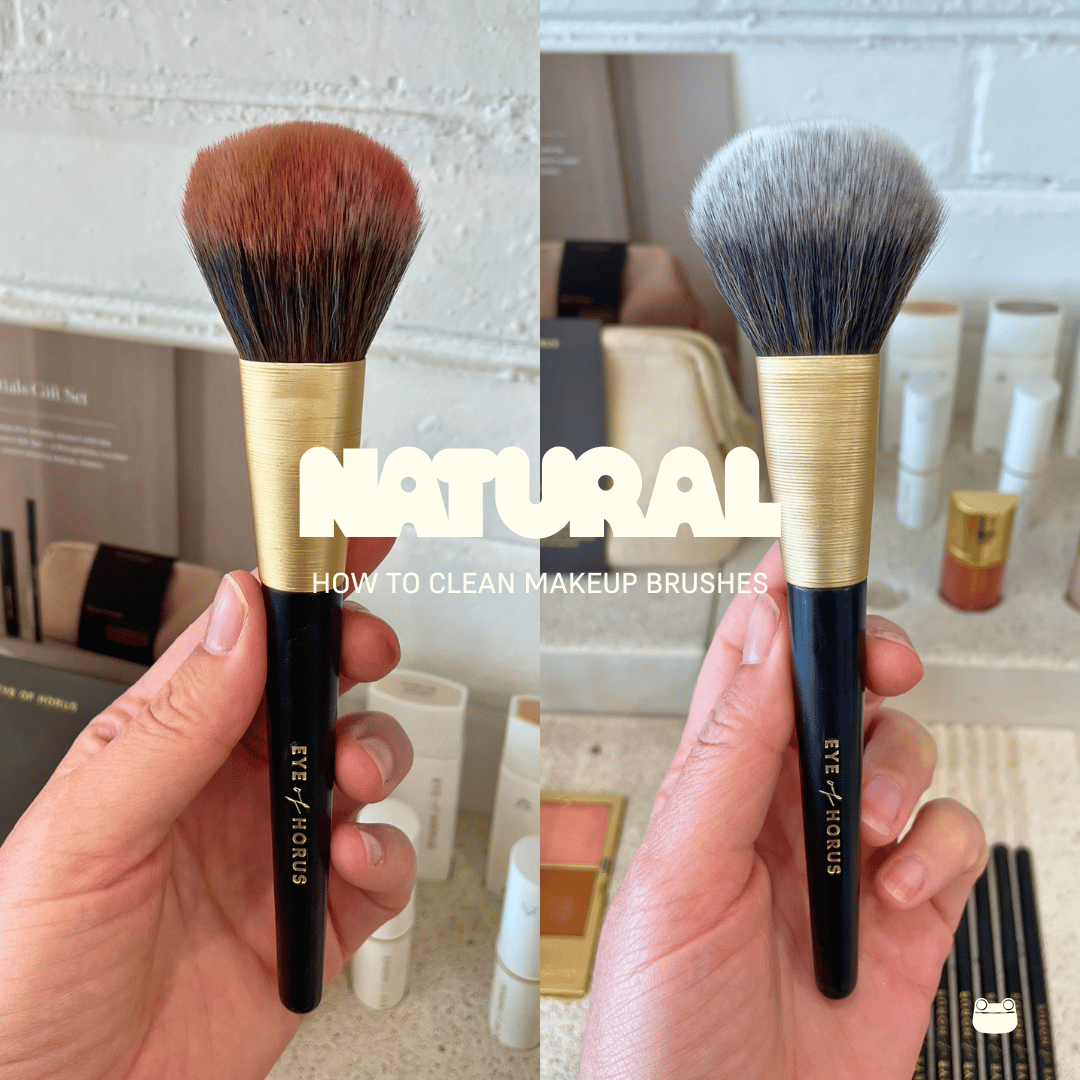FREE SHIPPING
ON AUSSIE ORDERS $120+ | AFTERPAY AVAILABLE
Menu
-
- BRANDS
-
NEW
-
BAGGU
-
FACE
-
MAKEUP
-
BODY
-
HAIR
-
ZERO WASTE
- NEW Zero Waste Goodies
- Back to School Nude Food Essentials
- Bags + Accessories
- Food Storage + Bags
- Plastic Free Personal Care
- Plastic Free Products
- Reusable Coffee Cups + Water Bottles
- Reusable Produce Bags
- Shampoo + Conditioner Bars
- Straws + Cutlery
- Zero Waste Bathroom
- Zero Waste Home
- Zero Waste Kitchen
- Zero Waste Travel
-
HOME
-
GIFTS
-
BABY + KIDS
- NEW Products for Kids
- Back to School Essentials
- Baby Balms, Cream + Lotions
- Baby Powder
- Baby Washes + Bubble Bath
- Baby + Kids Oral Care
- Gifts for Kids
- Hair Care for Kids
- Nappy Bag Essentials
- New Baby Gifts
- Pregnancy
- Sunscreen for Babies + Kids
- Tweens + Teens
- Vegan Baby Products
- Baby & Kids Travel Products
-
MEN
- SALE
-
- ABOUT
- REWARDS
- TESTIMONIALS
- NSC BLOG
- Login
-
Australia (AUD $)
0
Your Cart is Empty



